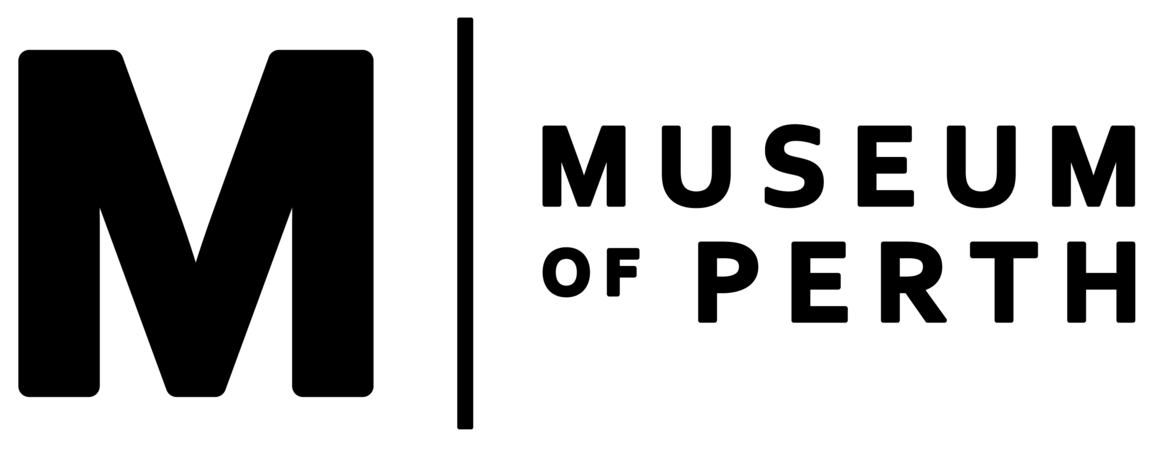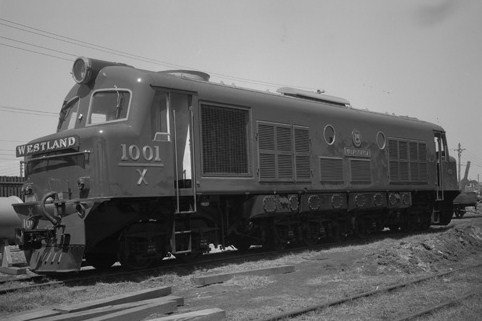Former Western Australian Government Railways Services
Back in their day, railways were the backbone of connectivity in Western Australia. At its peak in the 1960s, the state-run Western Australian Government Railways (Westrail) operated over 3,300km of track connecting Perth to destinations as far south as Albany, and north to Meekatharra.
Advertisement for Perth-Bunbury Service (Supplied: State Library of Western Australia)
Existing rail corridors in southern Western Australia (Supplied: Economic Regulation Authority)
At the end of the 19th Century to the beginning of the 20th, rail was the fastest way to travel. The state-run Western Australian Government Railways operated 63 overnight services at their peak, as well as a half dozen dedicated named routes. Poor patronage due to the introduction of faster road coach services in addition to a more centralised population led to a great many of these routes being withdrawn from service. Fortunately, a few still exist today, under the new Public Transport Authority, as Transwa services.
Dedicated passenger services truly began in December of 1887 with the establishment of The Kalgoorlie Express overnight service to the goldfields at Kalgoorlie-Boulder utilising the Eastern-Goldfields Railway. Hauled by Pr-class steam locomotives it ran for 51 years before being replaced by The Westland on 4 June 1938. The Westland was introduced to link with The Trans-Australian as the track gauge between Perth and Kalgoorlie was narrow gauge, with South Australia operating on standard gauge. The Kalgoorlie Express converted to an intrastate service that operated between 1962-71, before being replaced by the current Prospector service, using Transwa WDA/WDB/WDC diesel engines, on 28 Nov 1971. Pictured above, The Kalgoorlie Express at Kalgoorlie Railway Station, 13 December 1921 (Supplied: State Library of Western Australia)
X-class diesel locomotive as The Westland. X-class diesels would be used on a large majority of Westrail routes. (Supplied: Wikimedia Commons)
Albany Progress on its way to Perth, 27 Feb 1969 (Supplied: Weston Langford)
The Albany Progress commenced service on 31 May 1961 and was an overnight service connecting Perth to Albany along the Eastern and Great Southern lines. A second service, The Albany Weekender, began running on 7 November 1964, on weekends only. The route was operated using X-class diesel engines for its entire lifetime, until 1 Dec 1978 when the route was closed and replaced by road coaches. Several of the carriages were leased and are currently running on the Hotham Valley Heritage Railway. Pictured above, the final Albany Progress service headed to Perth after leaving Albany, hauled by a Pr-class steam locomotive to mark to occasion. (Supplied: The West Australian)
"The 'Albany Progress' will provide a high standard in passenger comfort. Its sleeping cars have been tastefully furnished and carpeted and fitted out to ensure that passengers have the maximum of convenience. To avoid stops for refreshments en route, a buffet car has been included in which passengers will be able to obtain hot snacks and light refreshments. This will be the feature car of the train."
-The Beverely Times, 2 June 1961
The Australind leaves Perth in March 1986, hauled by an X-class diesel locomotive in the classic orange livery which was introduced following the re-branding of WAGR as Westrail in 1975. (Supplied: Wikimedia Commons)
The Australind was established on 24 Nov 1947, and ran on the South Western Railway from Perth, via Pinjarra, to Bunbury. The service ran using U-class steam locomotives, making it the fastest narrow gauge passenger service in Australia at the time. The service was later updated and the U-class locomotives were replaced by X-class diesel engines in February 1958, before again being modernised on 16 November 1987 with the introduction of the Transwa ADP/ADQ-class railcars still in service today. Alongside this, a second service commenced on 1 Jun 1964, known as The Shopper, on weekdays and the Bunbury Belle on weekends. This service followed the same route as The Australind but used Wildflower-class diesel locomotives instead. The Shopper suspended service on 31 Jul 1975, and was replaced by a coach service. Pictured above, the Bunbury Belle on 26 February 1966. (Supplied: Weston Langford)
The furthest reaching services operated by Westrail were The Mullewa (30 Oct 1961 - 17 Mar 1974), and The Midlander (2 Sep 1964 - 28 Jul 1975). These provided trains to Mullewa, and later neighbouring Geraldton, and were hauled by C1702 diesel locomotives along the Eastern and Northern lines. An overnight sleeper carriage was linked to a freight train once per week at Mullewa, and took passengers north-east to Meekatharra, making Meekatharra the farthest destination reached by a Western Australian Government Railways service. (Supplied: Rail Heritage WA)
Throughout the 1970s due to competition from faster and more economical bus services, most of the Westrail routes were closed to passenger traffic and the heyday of rail travel in Western Australia came to an end. Today, three such services remain. The Prospector service to Kalgoorlie-Boulder and the AvonLink/MerredinLink services follow the Eastern-Goldfields Railway once used by the Kalgoorlie Express. While the Australind continues through to Bunbury on the South Western Railway, the last narrow gauge passenger service in Australia.
WAGR WCA/WCE class Prospector travelling from Perth to Kalgoorlie, November 1971. (Supplied: transpress nz)
Transwa ADP/ADQ Australind service at Claisebrook railway station, April 2002, painted in their original 1985 livery when the class was introduced. (Supplied: Wikimedia Commons)











